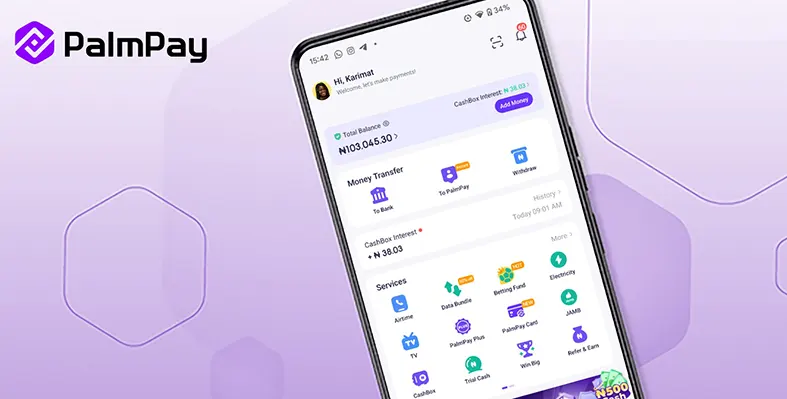Page 1 of 2The single biggest challenge to being able to offer stable and reliable mobile phone services in Africa is power, writes Carita Tissari da Costa, sales director, Flexenclosure
Or more precisely, the lack of reliable power at telecoms tower sites. Hundreds of thousands of towers across the continent are located in areas without access to reliable electricity grids – or indeed, any electricity grid at all – and they typically have to be powered by diesel generators 24/7. And as the networks expand into ever more rural areas, the problem is getting worse as Africa is the only region in the world where the population is growing faster than the rate of electrification.
This power challenge has vexed mobile network operators (MNO’s) for years as well as, more recently, the Towercos which have been acquiring towers from MNOs. Managing the supply of reliable power is not a traditional core business competency of either of these two groups, so just as the MNO’s divestment of towers to the Towercos came of a desire to refocus on their core telecommunications service offerings, that same desire to focus is now driving the next evolution in the industry’s dynamics – the rise of the Energy Service Companies (ESCOs).
The growth of this new ecosystem of MNOs, Towercos and ESCOs is not only being driven by companies’ desire to focus though. It’s being enabled by a new generation of hybrid power technologies – systems that have been specifically designed from the ground up to operate reliably in even the harshest of African environments and over the lifetime required for an ESCO’s business model to make good business sense. The result is a set of very compelling reasons why outsourcing power requirements to an ESCO should be a no-brainer to MNOs and Towercos alike.
1. Significant OPEX Savings
With an average single-tenant telecom tower site powered 24/7 by a generator consuming about 28,000 litres of diesel per annum, it’s not hard to see how site power costs can account for 30-60 per cent of the total operating costs of an MNO or a Tower Company. Implementing the latest generation of hybrid power systems though, such as Flexenclosure’s eSite x10, can significantly reduce OPEX by reducing diesel consumption by 70% or more. And these savings can increase further if the power loads are reduced, there is intermittent grid power available and/or solar energy can be harvested.
And OPEX savings are not just made on the cost of diesel. By outsourcing power to an ESCO, the MNO or Towerco no longer has to worry about generator maintenance, spare parts, or the cost of an operations team on standby 24/7 to manage power failures, site break-ins, fuel theft, etc.
2. Freed-up CAPEX
According to the GSMA, Africa will need tens of thousands of new towers in the next couple of years, yet CAPEX budgets keep tightening as mobile markets become more competitive and much of Africa struggles with economic downturn and forex issues. When a telecom tower site is powered 24/7 by a generator, that generator will run for 8,760 hours per year and will need replacing every three years, not to mention replacement costs of other legacy power equipment.
From a tower operator’s perspective, this budget (and effort) would be far better spent expanding network coverage, rolling out revenue-generating services or on customer acquisition activities – and by outsourcing power to an ESCO, that’s exactly what they can do with the freed-up CAPEX.
3. Reduced Carbon Emissions
All respectable organizations across the globe today are looking at ways of reducing their carbon footprint. And with an average single-tenant telecom tower site with a 2kW power load running 24/7 on diesel generators producing over 75kg of CO2 emissions per year, tower operators have very big footprints. By implementing the latest hybrid power technology – such as the pioneering eSite x10 – annual carbon emissions for the same site can be brought down to below 20kg per site.
That’s a significant drop with equally significant benefits to the environment and to a tower operator’s corporate social responsibility aspirations. And as before, lower power loads, partial grid availability and/or solar energy can further reduce a site’s carbon emissions.























